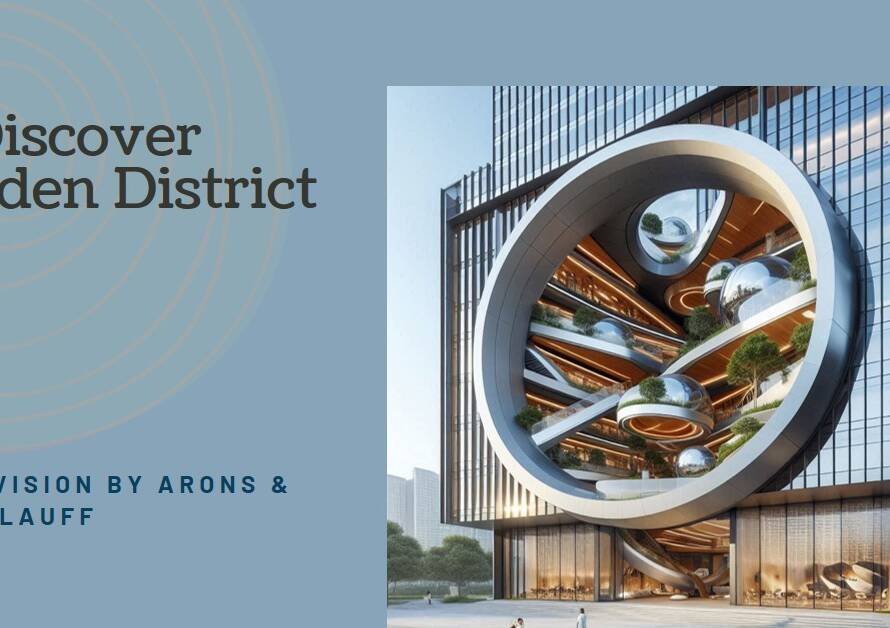
Table of Contents
Introduction:
Architecture, an art form dating back millennia, encompasses more than just brick and mortar; it embodies the very essence of human ingenuity, culture, and aspiration. Defined by its ability to blend functionality with aesthetic appeal, architecture serves as the cornerstone of civilizations, reflecting societal values and technological advancements through the ages. In this discourse, we embark on a journey to unravel the multifaceted layers of architecture, exploring its intrinsic meaning and profound impact on the human experience.
Defining Architecture:
At its core, architecture transcends mere construction; it embodies the synthesis of form, function, and purpose. It encapsulates the art of designing spaces that not only accommodate human needs but also inspire and evoke emotion. From towering skyscrapers to humble abodes, architecture shapes the way we interact with our environment, fostering a sense of belonging and identity within communities.
The Intersection of Art and Science:
Architecture is the nexus where artistry meets engineering prowess. It demands meticulous planning, precise calculations, and innovative design concepts to materialize visionary structures. Architects, akin to master artisans, wield creativity as their primary tool, sculpting spaces that resonate with beauty and functionality. Yet, beneath the surface of aesthetic appeal lies a labyrinth of structural integrity, sustainability considerations, and technological innovation, where science and art converge harmoniously.
Historical Perspectives:
Delving into the annals of history unveils the evolutionary tapestry of architectural marvels that have stood the test of time. From the grandeur of ancient civilizations to the Renaissance rebirth of classical principles, each epoch bears witness to the architectural zeitgeist of its era. Whether it be the awe-inspiring pyramids of Egypt or the majestic cathedrals of Europe, these architectural wonders serve as enduring testaments to human ambition and creativity.
Cultural Significance:
Architecture is not solely about erecting buildings; it is a medium through which cultures express their values, beliefs, and aspirations. Every architectural style, from Gothic to Art Deco, bears the indelible imprint of its cultural milieu, reflecting the ethos of its time. The vibrant colors of Islamic architecture, the symmetry of Greek temples, or the minimalism of Japanese design—all serve as windows into the soul of a society, encapsulating its essence for posterity.


Environmental Considerations:
In an era fraught with ecological challenges, architecture assumes a pivotal role in promoting sustainability and environmental stewardship. The concept of green architecture transcends mere aesthetics, prioritizing energy efficiency, resource conservation, and ecological harmony. From passive solar design to green roofs, architects employ innovative strategies to minimize environmental impact while maximizing occupant comfort and well-being.
Urban Dynamics:
As urbanization accelerates across the globe, architecture plays a pivotal role in shaping the fabric of cities and communities. Urban planners and architects collaborate to design spaces that foster social interaction, economic vitality, and cultural vibrancy. From iconic city skylines to pedestrian-friendly neighborhoods, architecture molds the urban landscape, influencing how we live, work, and play in bustling metropolises.
Technological Advancements:
The advent of technology has revolutionized the field of architecture, empowering designers with unprecedented tools and techniques. Computer-aided design (CAD), Building Information Modeling (BIM), and parametric design software have streamlined the architectural process, enabling architects to visualize, simulate, and iterate designs with unparalleled precision. Furthermore, emerging technologies such as 3D printing and augmented reality promise to reshape the future of architecture, ushering in an era of unparalleled innovation and creative possibilities.
The Human Experience:
At its essence, architecture is about enhancing the human experience, enriching lives, and fostering a sense of place and belonging. Beyond its utilitarian function, architecture has the power to evoke emotion, stimulate the senses, and transcend the mundane aspects of everyday life. Whether it be the serenity of a sacred space, the dynamism of a bustling city square, or the intimacy of a cozy home, architecture shapes our perceptions, influences our behavior, and enriches our collective existence.
Conclusion:
In conclusion, architecture serves as a testament to humanity’s boundless creativity, resilience, and collective aspirations. From ancient civilizations to modern metropolises, it has stood as a tangible reflection of our cultural identity and technological prowess. As we navigate the complexities of the 21st century, let us not only admire the architectural marvels of the past but also embrace the challenges and opportunities that lie ahead, forging a future where architecture continues to inspire, innovate, and elevate the human spirit.


